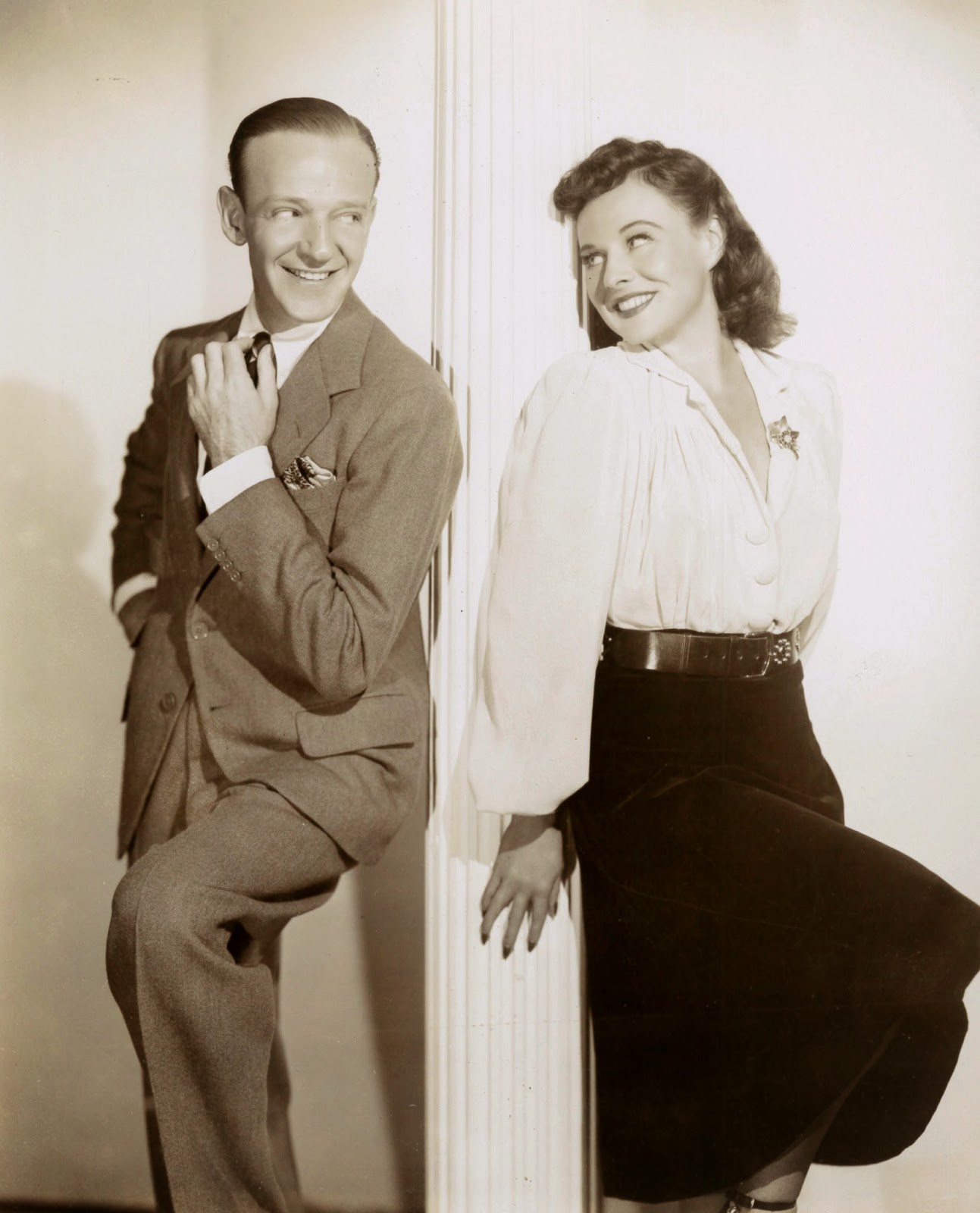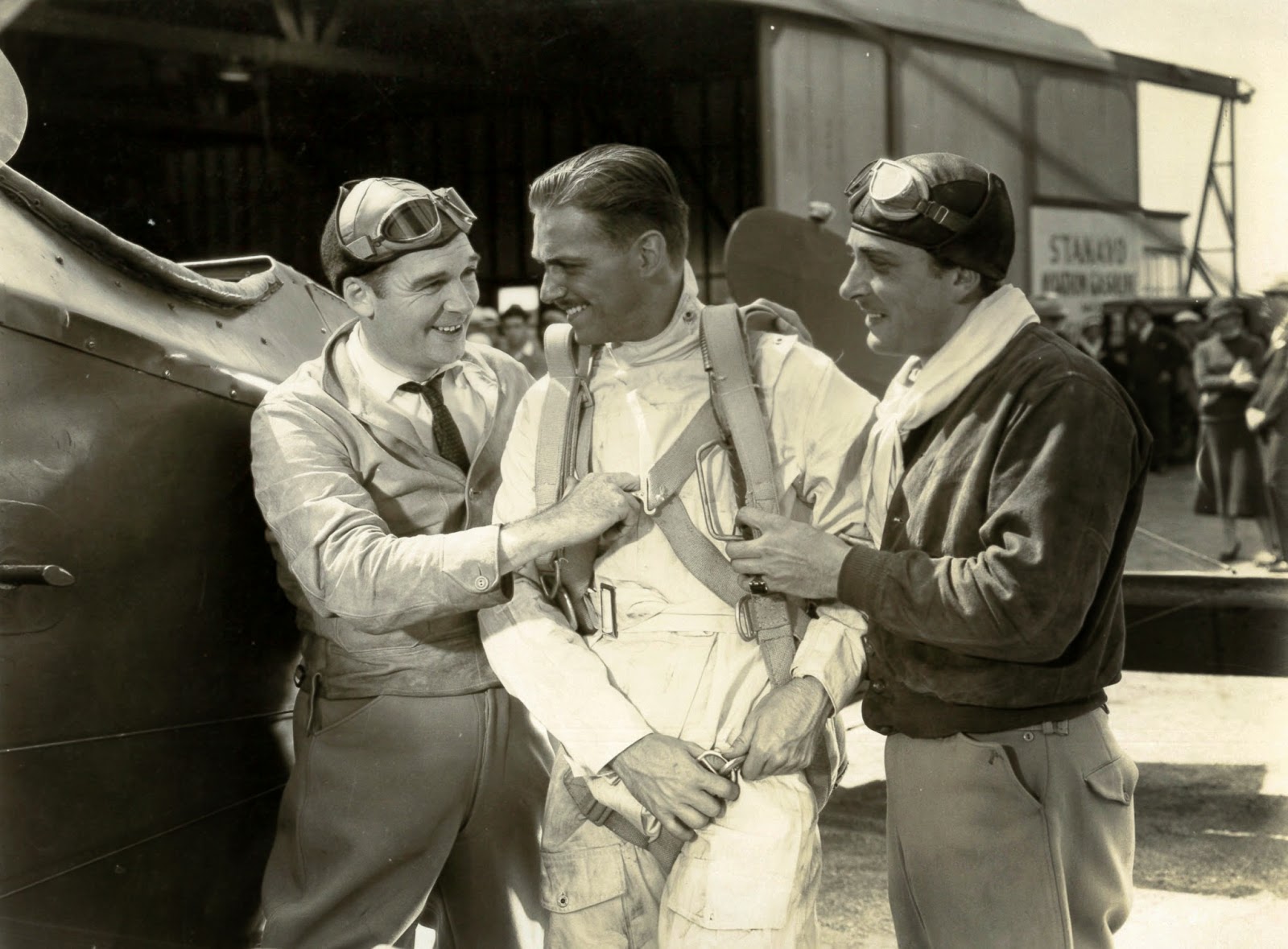An Astaire That Was Everywhere In 70's TV/VHS Day
Public Domain Gives Second Chorus (1940) An Encore
Fred Astaire lamented that this was the movie of his that got shown the most often, thanks to its Public Domain status. He earlier noted, in a 1959 memoir (Steps In Time) that Second Chorus "has been seen by more millions of people in America than any other film of mine owing to its release on television." Astaire was right at the time, for indeed Second Chorus was a first opportunity for viewers to see one of his old features at home, "one of the first to be let loose," he added, and run "innumerable times during the past seven or eight years" (being an independent production, Second Chorus was TV-exposed from the early 50's on). I could add that it is far from Fred's best, even as Blu-Ray now tenders first-quality image off 35mm nitrate, an Astor reissue print with original
Getting Astaire was a real spike that enabled doubling of budget, the original plan having been for George Murphy (borrowed from Metro) to play the lead. Artie Shaw was a substitute for Paul Whiteman and his orchestra. Adding to the independent's worry was Charlie Chaplin stepping in at an eleventh hour to withdraw Paulette Goddard, whose contract he owned. Was CC looking for more money? It's oft-forgot today that Chaplin reaped serious $ loaning his wife among the studios after she clicked in Modern Times. By 1940, Goddard was definitely a star well risen, and a profit center for the Chaplin outfit. Producer Morros took prints of Second Chorus around the country to entice holiday 1940 bookings. A number of these used swing bands as stage accompaniment for the pic, Artie Shaw's group for several key dates. Second Chorus was only the second film Fred Astaire made after leaving RKO. He and Burgess Meredith are double-crossing (each other) pals, a trope you'd think Astaire would have gotten beyond, especially heading into his forties. Vehicles for this artist would run hot/cold through a free-lance career with highs generally at Metro, and lows elsewhere, as with Second Chorus.
















































